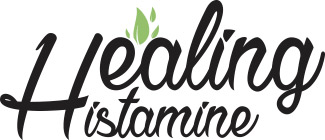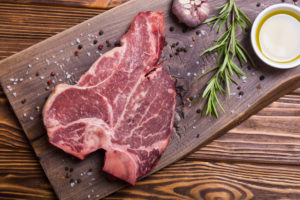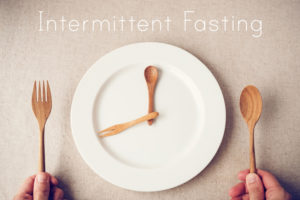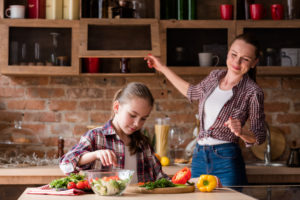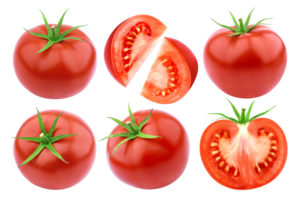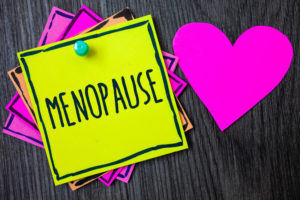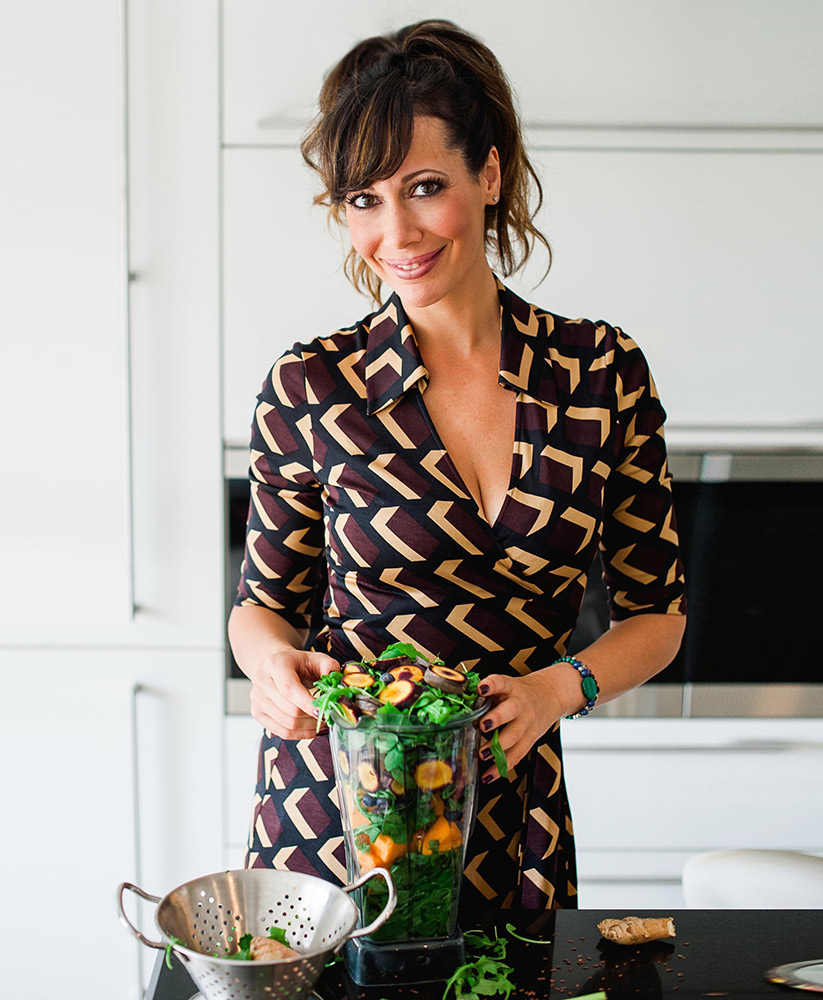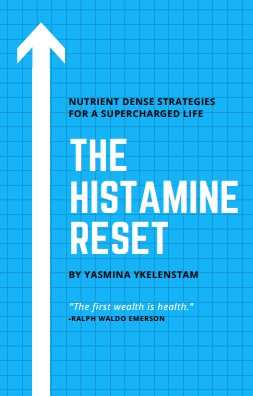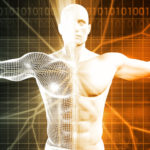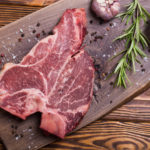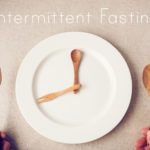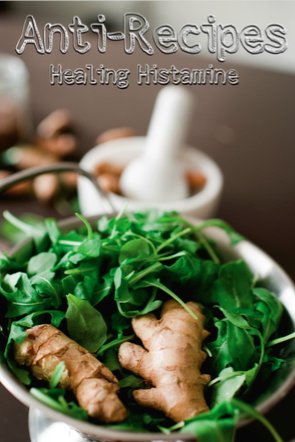
Members of the Facebook mast cell/mastocytosis groups I frequent often share studies on mast cell inhibiting medications. By this I mean medications that prevent mast cells, a key component of our immune system, from breaking open and spewing histamine and other inflammatory elements, into our unsuspecting body. As you may well know, we need mast cells to do this when there’s healing to be done. Otherwise, it just leaves our poor body struggling against wave after wave of unnecessary inflammation that ends up wearing down our immune system.
It’s great that such information is shared. Either because we’re so often prescribed fistfuls of medication by doctors too busy to share the why of it, or we’re not one of the lucky ones with a doctor to actually guide us through one of life’s most terrifying experiences, and so we need all the help we can get. I just dearly wish that more people would have the time or inclination to ask if there are natural alternatives.
You’ll find recipes full of foods with antihistamine and anti-inflammatory properties my books Anti-Recipes and The Anti-Cookbook
CLICK HERE TO CREATE YOUR OWN PERSONALISED HEALING HISTAMINE PLAN.
The conversation that ignited the spark behind this latest blog post concerned research showing that paracetamol is a mast cell stabiliser, thereby preventing these white blood cells from wreaking havoc in the bodies of those of us with histamine intolerance, mast cell activation, mastocytosis and allergies (yes, even folks with allergies may suffer from unstable mast cells, thereby aggravating allergies). A really quick Google search turned up that paracetamol works (mainly) by inhibiting Cyclooxygenase (COX – usually COX 1 and or 2), which is the way that NSAIDs like aspirin, ibuprophen, Vioxx, Celebrex and diclofenac also work (those with mast cell/histamine disorders may react to these medications).
COX activity has been implicated in the development of various cancers [1] including leukemia [2], as well as in IBD, Crohn’s disease and ulcerative colitis [3], Alzheimer’s [4], Parkinson’s [5], arthritis, heart disease and diabetes [6].
But, more importantly for those of us with histamine/mast cell conditions:
“COX is the key enzyme required for the conversion of arachidonic acid to prostaglandins [7].”
Arachidonic acid (omega 6) is a bit of a Jekyll and Hyde figure in this tale. We need it to recover from exercise, for early brain development and studies show it may slow the development of Alzheimer’s. Problem is, “how the arachidonic acid is metabolised in the body dictates its inflammatory or anti-inflammatory activity. Individuals suffering from joint pains or active inflammatory disease may find that increased arachidonic acid consumption exacerbates symptoms, presumably because it is being more readily converted to inflammatory compounds [8].”
That means us.
In related news, those of us with mast cell disorders will be familiar with prostaglandins, specifically PGD2. It’s an inflammatory molecule synthesised when mast cells degranulate (break open to dump inflammation). One of the things PGD2 does that’s nasty is significantly enhance the inflammatory effects of the histamine released by those same mast cells.
Lovely.
Well it is if you’re suffering from a bacterial or viral infection and need all this inflammation to help you heal. Otherwise it’s a bit of a b*@!h because I really don’t need a side order of enhanced histamine related inflammation with my histamine induced inflammation thank you very much.
So paracetamol inhibits COX, which then prevents arachidonic acid from creating prostagalndins, which then does not turn the histamine into some kind of tricked out Marvel comics super baddy in the body, which is great, but, NSAIDs, paracetamol and others that work on COX have significant side effects. Up to 25% of users experience them, with up to 5% suffering serious health consequences like stomach bleeds, kidney failure, heart attack and more [9]. Interestingly, the side effects of COX inhibitors most likely occur because we need COX in the body [10] and inhibiting it with the equivalent of a pharmaceutical bazooka might be counterproductive in the log run.
Where have we heard this before folks?
In my approach to histamine intolerance/mast cell disorders: I have found that taking pharmaceutical antihistamines appeared to prompt my body to produce even more. I do not have the medical tests to back up this theory (because I came up with it long after I quit all meds), but a number of doctors I have spoken with, including histamine researcher and immunologist Dr. Janice Joneja, think this may be the case. I even found that eliminating too much histamine from my diet appeared to do the same thing. The thought process goes that because histamine is needed for wakefulness, thermogenesis, digestion, healing, as a neurotransmitter and much more, not giving it a steady supply from diet might prompt the body to release more from mast cells in order to make up for the shortfall. Given that dietary histamine has been proven to prevent some types of cancer [11], I eventually overcame my fear of histamine in food, going from a crazy low histamine diet to a histamine-balanced diet, and it made a world of difference. You’ll find more about it in this post. But, this may not apply to others – I encourage you to research multiple sources before making decisions, and always involving your doctor.
Back to paracetamol: we need to consider the inverse activity of the medicines we are taking. Antihistamines for example lower immune function – they have to, because histamine is part of our immune system. This leaves us open to many, many other conditions that I really want no part of, which is why I gave up all meds over four years ago. In the last few years I have had to become my own physician, with food and natural supplements as my prescription. That might sound completely mad to some, megalomaniacal to others, but my nutritional hero Dr. Fuhrman even advised me to do so. Again, this isn’t the right approach for others – it’s just what’s naturally happened over the years, mostly because I wasn’t lucky enough to find any doctors who knew what to do with me. Now that I know what’s going on with me, I’m thankfully managing without any medical intervention.
And so we come to the favourite part of all my posts: where I share which everyday foods and activities can help the body achieve homeostasis through gentle encouragement, support and excellent nutrition.
First up – you may want to avoid (or moderate) [12]:
Partially hydrogenated fats.
Not only do these promote inflammation, but they also blcok anti-inflammatory enzymes.
Vegetable oils and refined carbohydrates
A high carb diet converts the anti-inflammatory prostaglandins (yes they exist – confusing I know!) to pro-inflammatory. That’s why I stopped using corn, canola and safflower oil.
(BTW – I looked this up just to be sure – olive oil isn’t considered a vegetable oil.)
Add generous helpings of…
Meditation
If you’ve been reading my blog for a while you’ll know that meditation saved my life. Literally. I almost died of anaphylactic shock in Kenya a few years ago. Having no meds on me, and being far, far away from hospitals and doctors, I had little choice but to practice extreme stress relief and inflammation lowering meditation techniques. (I don’t suggest that others should do the same). Meditation may have saved my life by lowering my stress, but also inflammation, specifically through its action on lowering COX in the body and preventing mast cell degranulation [13].
COX inhibiting compounds and foods (you’ll find these in all of my recipes and cookbooks)
Quercetin [14]
Thanks in great part to Dr. Theoharides’ groundbreaking research showing that bioflavonoids quercetin, luteolin and rutin are as effective at stabilising mast cells as the most commonly prescribed pharmaceutical, I built my entire dietary philosophy around a high nutrient, anti-inflammatory, bioflavonoid rich diet. Quercetin is found in many brightly coloured fruits and vegetables like blueberries, all onions but particularly red, apples, broccoli, cherries, pretty much all green herbs, kale and plenty more [15].
I also take a quercetin supplement created by by Dr. Theoharides.
Turmeric [16]
I use this wonderful root in pretty much everything I eat. Some people with the MAO genetic “defect” might not be able to process it properly. I am supposedly one of these, but thankfully epigentics has played a huge part in my life and I no longer have any issue with it. There’s also studies showing it blocks DAO, the histamine lowering enzyme – but as I keep saying, histamine/mast cell disorders are about SO much more than just DAO). Turmeric also has mast cell stablising properties.
Omega 3 fatty acids [17]
Alter COX expression and also acts against pro-inflammatory prostaglandins in the body.
Thyme and rosemary [18]
Inhibit COX.
Chives [19]
Inhibit COX.
You’ll find recipes full of foods with antihistamine and anti-inflammatory properties my books Anti-Recipes and The Anti-Cookbook
CLICK HERE TO CREATE YOUR OWN PERSONALISED HEALING HISTAMINE PLAN.
Please don’t forget antihistamine, pain killing foods can still hurt us, so please always check with your doctor before adding new foods to your diet.
—————-References————-
[1] http://www.ncbi.nlm.nih.gov/pubmed/15155531
[2] http://cancer-therapy.org/CT/v2/A/19.%20Nakamura%20et%20al,%20153-166.pdf
[3] http://www.sciencedirect.com/science/article/pii/S0016508598701969
[4] http://www.ncbi.nlm.nih.gov/pubmed/9740394
[5] http://www.pnas.org/content/100/9/5473.full.pdf
[6] http://www.livingnaturally.com/PDFDocs/f/F44V3LUSXP7Q9MG1CRRW0W42JX5VEFLD.PDF
[7] http://www.fasebj.org/content/12/12/1063.full
[8] http://en.wikipedia.org/wiki/Arachidonic_acid
[9] http://www.fasebj.org/content/12/12/1063.full
[10] http://www.fasebj.org/content/12/12/1063.full
[11] https://healinghistamine.com/histamine-the-good-guy/
[12] http://www.drgangemi.com/2005/02/just-say-no-to-cox-1-cox-2-inhibitiors-five-necessary-steps-to-fight-inflammation-document/
[13] https://healinghistamine.com/meditation-antihistamine-mast-cell-stabiliser-epigenetic-superstar/
[14] http://www.ncbi.nlm.nih.gov/pubmed/15155531
[15] [http://www.quercetin.com/overview/food-chart]
[16] http://www.chiro.org/nutrition/FULL/Natural_COX-2_Inhibitors.shtml]
[17] http://www.chiro.org/nutrition/FULL/Natural_COX-2_Inhibitors.shtml
[18] http://www.motherearthnews.com/natural-health/herbs-containing-natural-cox-2-inhibitors-zmaz00djzgoe.aspx#axzz3BPnuP800
[19] http://www.motherearthnews.com/natural-health/herbs-containing-natural-cox-2-inhibitors-zmaz00djzgoe.aspx#axzz3BPnuP800
